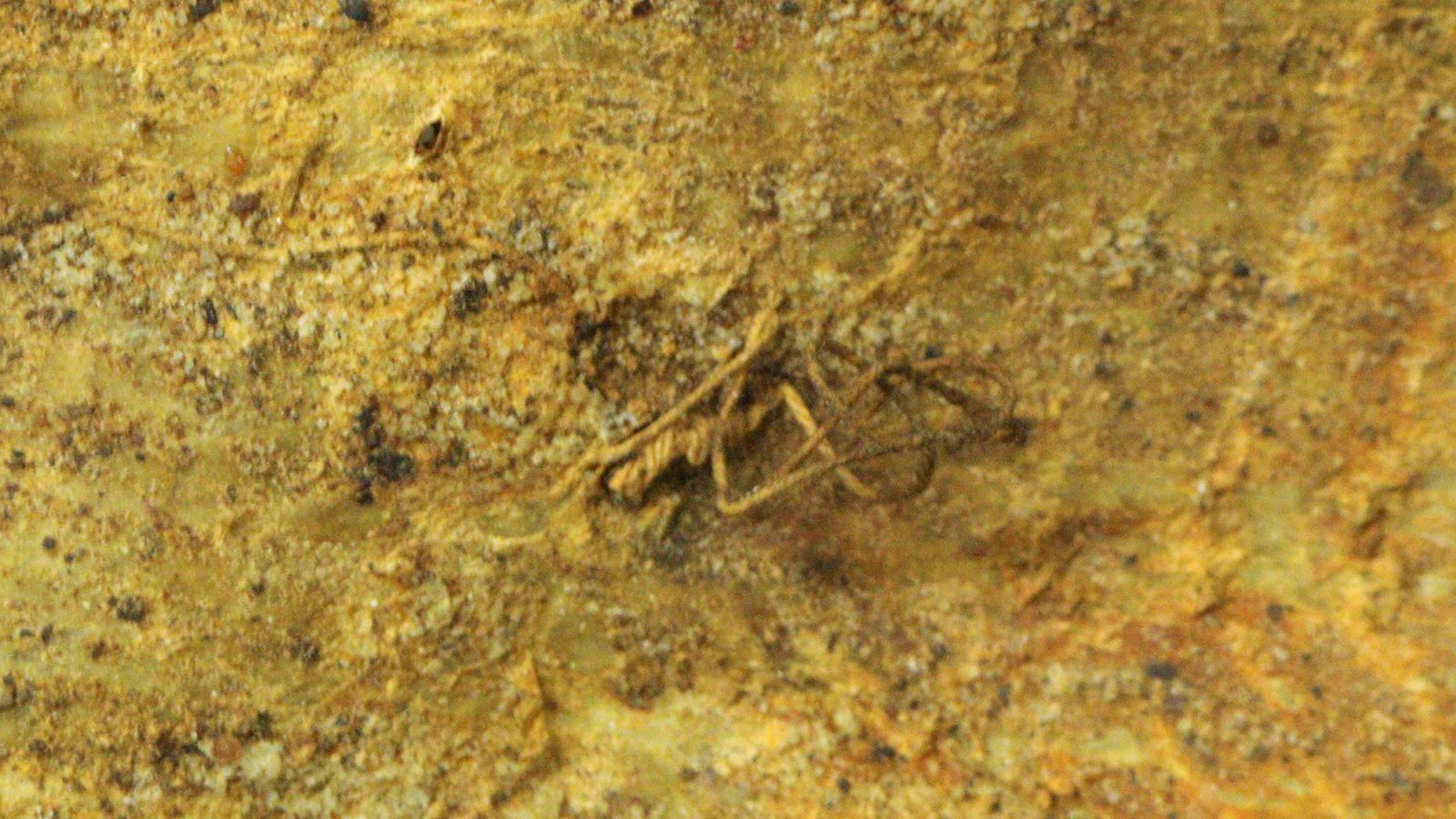Since 2021 Ali and Andrew have been participating in a project which aims to highlight Menang Nyungar knowledge embedded in a historical collection of fishes and cultural objects and return this knowledge to the Menang community in Western Australia. Here they tell us about this collection, their recent visit to Albany (Kinjarling in Nyungar) and how cross-cultural, cross-disciplinary working is enabling a fuller understanding of these collections.
The history of the collection
In 1839, Scottish-born Robert Neill was posted as Deputy Assistant Commissary General to King George’s Sound (Albany) in Western Australia. Here he collected zoological, ethnographic and geological specimens and sent them to his father’s cousin, Patrick Neill, in Edinburgh. The ethnographic objects were donated to the University of Edinburgh’s Natural History Museum in 1849.
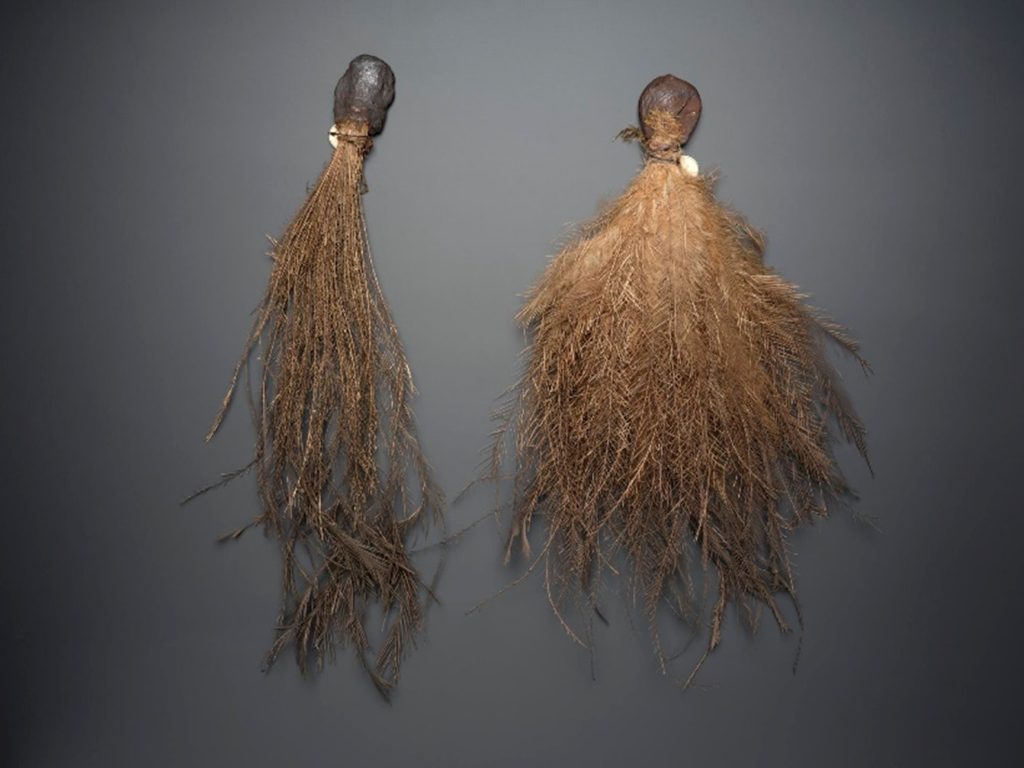
Robert Neill also collected, identified, drew and wrote about a number of fish specimens in 1841 with the assistance of Menang people, colonists and sealers. The sketches were presented to the British Museum (now the Natural History Museum, London) in 1845, where they remain today bound into a single volume. Most of the fish specimens were donated to the New College Museum (later the Free Church College Museum).
Some of the fish specimens were acquired by the British Museum from Benjamin Leadbeater, a dealer in natural history specimens in London. In 1966, when the Free Church College Museum was closed, the fish specimens were donated to the Royal Scottish Museum, now the National Museum of Scotland. The paintings and original labels on the fishes include the Menang names of each species and, in some cases, the name of the Menang fishermen who caught them. Small sewn-up holes in the fishes confirm that they were caught using Menang fishing spears, like the Toŏbetoŏbit below (herring cale, Olisthops cyanomelas).
The Entangled Knowledges project
This research project involves working in a cross-sector, collaborative and Indigenous-governed team. In October 2022 we met the project team members* in Albany for a week of research and workshops. Our aims were to introduce the project to the local community in Albany, speak to Menang people about how they would like to participate in the project, situate Robert Neill in the local landscape and plan future work.
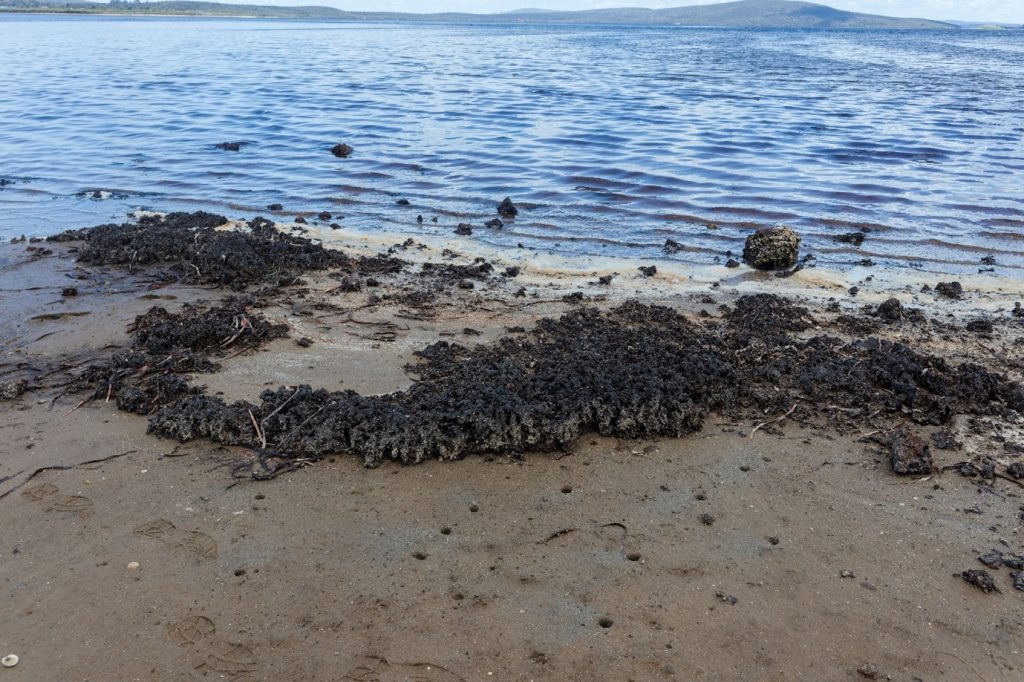
Fishing has always been an important part of local life in Albany. We were taken to see the historic fish traps at Oyster Harbour by Menang guides Larry Blight and Vernice Gillies. The traps were made by Menang people to catch fish at low tide and are around 7000 years old. The traps comprise a wall of large stones that cut off an area of shoreline at low tide. At high tide, the fish swim over the wall, but as the tide ebbs the fish are caught behind it in shallow water. Here they can be speared or caught by hand. From 2011-15, Menang elder and guide Vernice Gillies was involved in the Oyster Harbour Fish Traps Conservation Project which created a shelter and interpretation panels for the site. The panels feature some of Robert Neill’s drawings of fish found in the local waters.
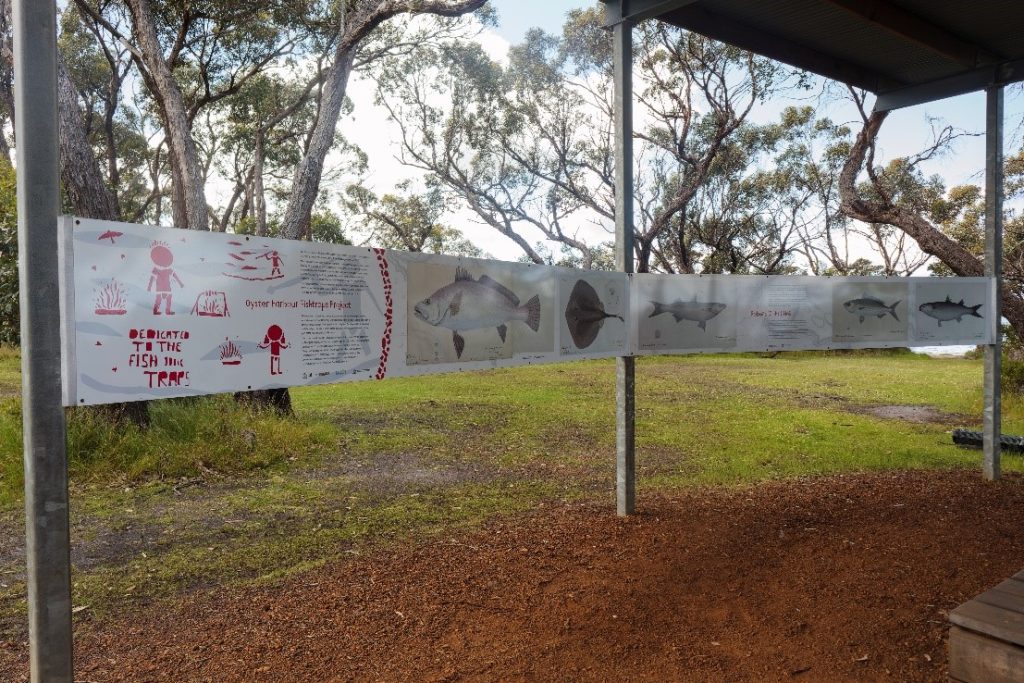
These paintings are also being incorporated into granite slabs along the boardwalk at Binalup beach on the outskirts of Albany as part of the foreshore enhancement scheme. The incorporation of these drawings into the boardwalk makes Menang knowledge visible in this landscape whilst also telling stories about historic interactions between Menang people and Europeans.
Robert Neill worked with Menang people to collect many of the fishes now in the collections of National Museums Scotland. As part of his role as Commissariat Officer it is likely that he received artefacts such as kodj (axe), taap (knives), spearthrowers and arm ornaments in exchange for items such as flour and tobacco. These transactions often reflected unequal power relations between European colonial officials and Menang people.
The physical landscape of Albany has changed a lot since 1839, with the shoreline pushed further out through land reclamation. Lowley Park, now surrounded by residential houses, was once the site of the commissariat store where Robert Neill worked and where it is known that Menang people brought him fishes.
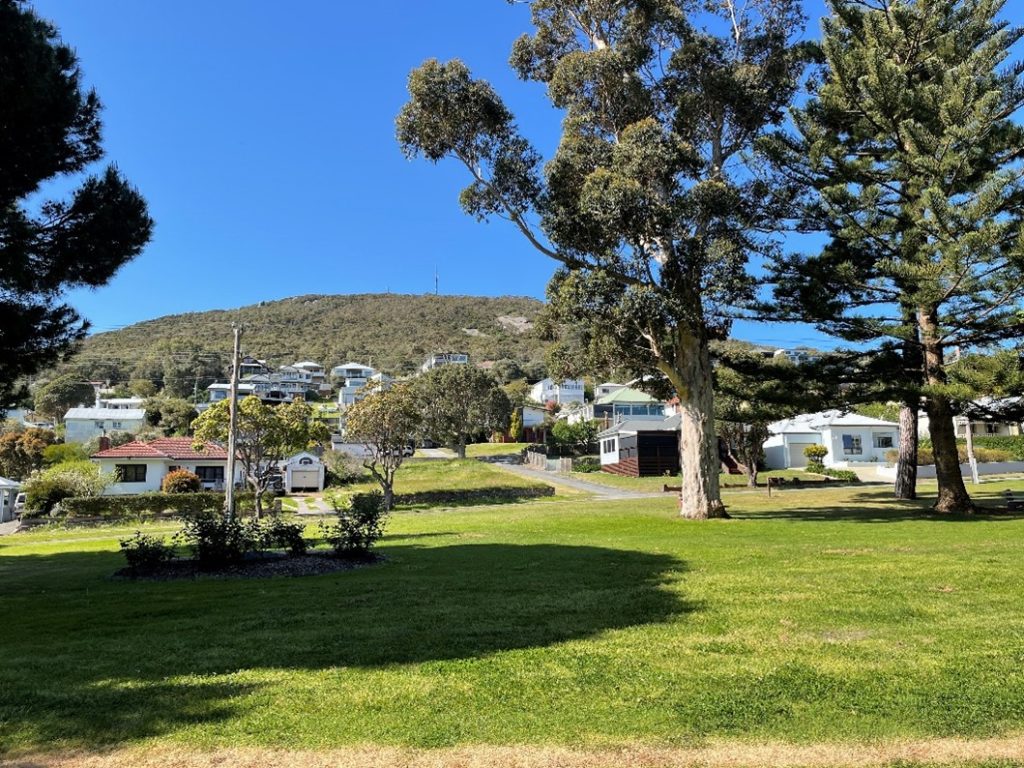
We held a workshop at the Noongar Centre in Albany where members of the Albany Heritage Reference Group and Aboriginal Corporation and the wider Albany community could drop in to hear more about the project and share their thoughts. Team members gave presentations on the collections now held in Edinburgh and London. It was highlighted that one of the fishes painted and preserved by Neill was the brown-spotted wrasse, whose scientific name, Notolabrus parilus, includes ‘paril’, the Menang name for this fish. There was much discussion about which fish are still caught today and how artefacts such as kodj and taap are made.
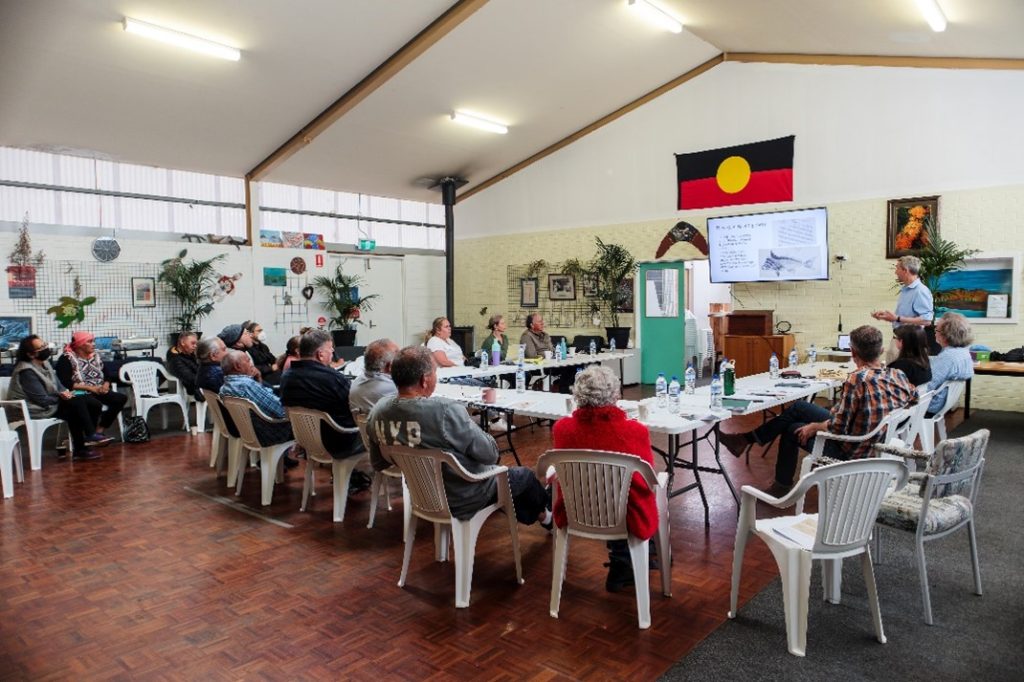
The project continues until 2024 and we hope to host members of the team in Edinburgh in 2023. In the meantime, we’re arranging for 3D models of the dried fish specimens to be created to share with Menang families. At the same time, we’re looking to have the kodj and taap x-rayed to reveal how they were made and what materials were used. This knowledge will be shared with Menang families and will be of particular interest to those who are making kodj and taap today.
*Project team
This project is funded by the Australian Research Council and led by Deakin University, Australia.
Team members: Tiffany Shellam (Deakin University), Alistair Paterson (University of Western Australia), Lester Coyne (Albany Heritage Reference Group and Aboriginal Corporation), Shona Coyne (National Museum of Australia), Ian Coates (National Museum of Australia), Glenn Moore (Western Australian Museum), Ross Chadwick (Western Australian Museum) and Amanda Lourie (Deakin University).



